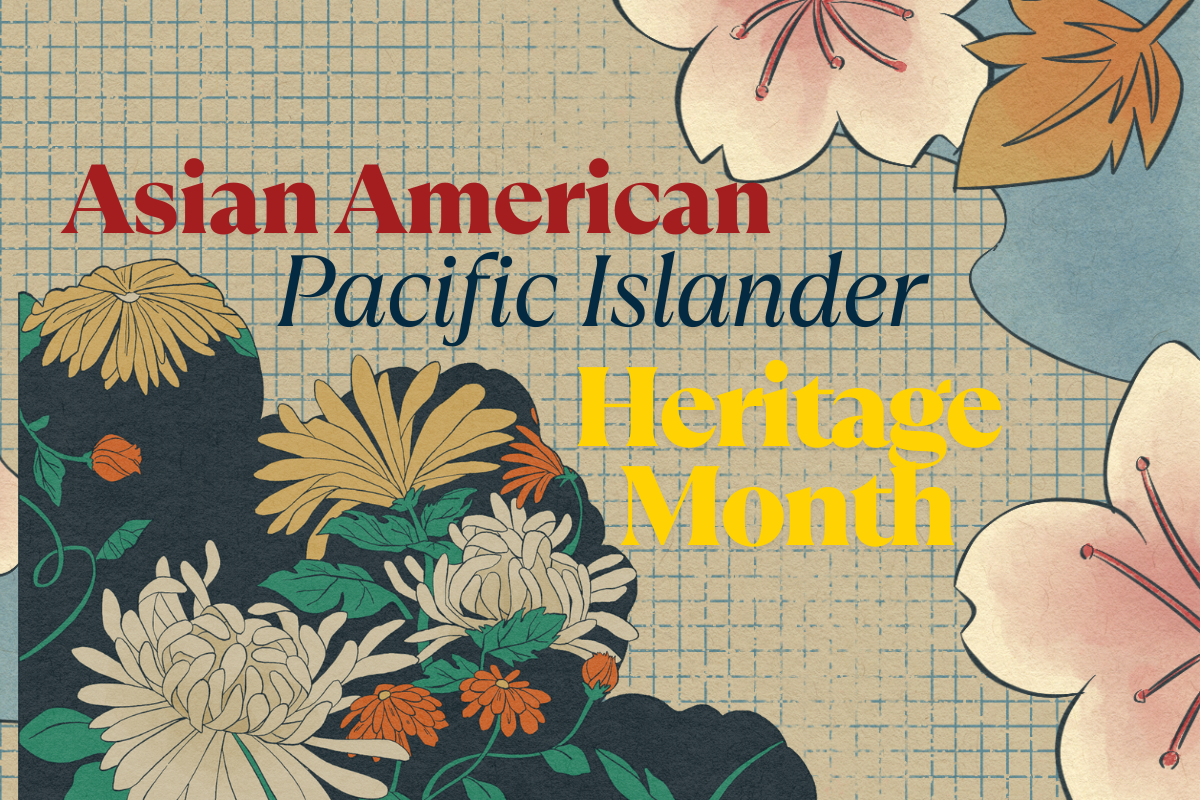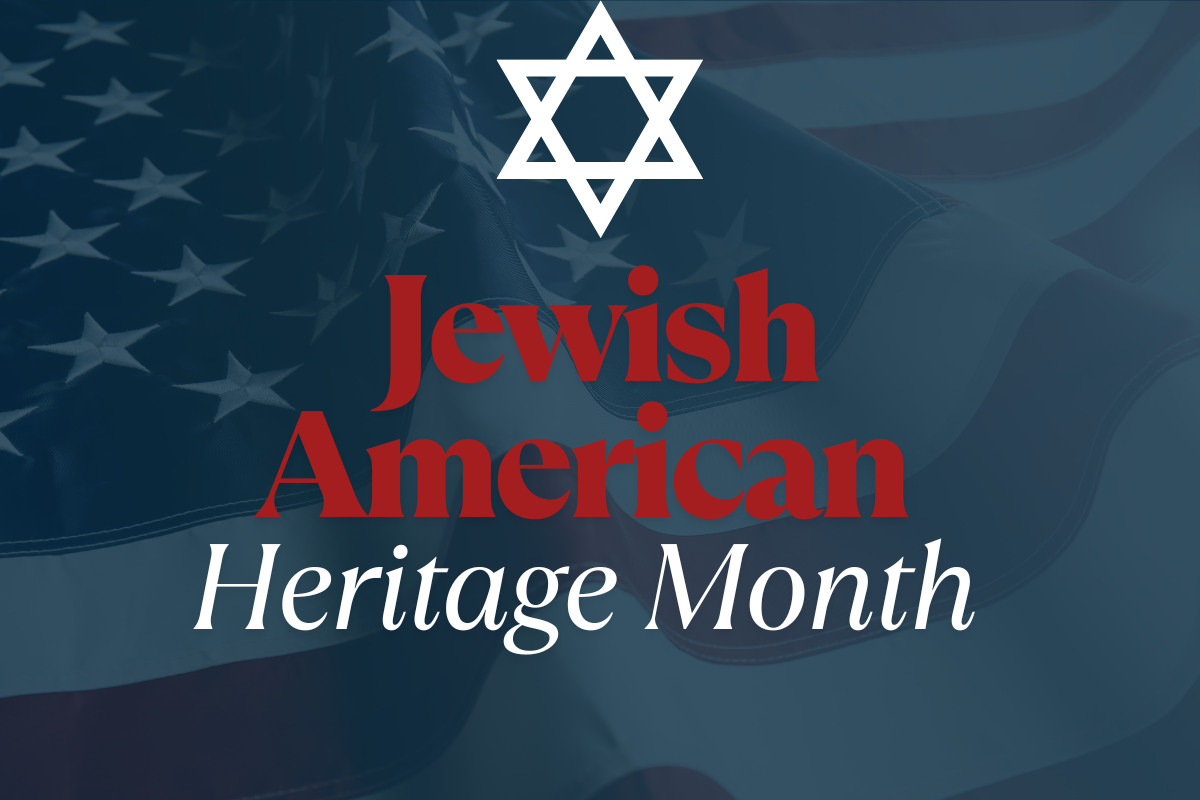Day1 CPT Universities: What Are They and Who Should Apply?
PUBLISHED:
Day1 CPT Universities: What Are They and Who Should Apply?
Day1 Curricular Practical Training (CPT) programs allow university students to gain practical work experience from the beginning of their academic program. They are typically for international students who have registered in a practical internship course and received authorization from the university to participate. At CIAM, we offer CPT authorizations for students who meet specific enrollment and employment requirements. Here is more information about Day1 CPT universities and who should apply:
What Is a Day1 Curricular Practical Training (CPT) University?
Day1 CPT programs enable international students to acquire hands-on work experience that aligns with their academic majors. Institutions that offer this program are referred to as Day1 Curricular Practical Training (CPT) universities or CPT schools. CIAM is an accredited institution offering CPT authorization in California.
Who Should Apply at Day1 CPT Universities?
International students wanting to gain significant work experience early in their academic program may consider applying for Day1 CPT authorization. Students should also be available to maintain full-time enrollment at the university to be eligible for the program.
What Are the Requirements for CPT Programs?
To qualify for CPT, students should be registered for two full-time classes at CIAM with satisfactory academic standards. Candidates should be enrolled in an experiential internship course and secure a job offer relevant to their field of study. Aspiring CPT students must be living in the U.S. with valid F-1 visas for a minimum of one year. This enables them to start working on the first day of their academic program. Students should receive CPT authorization from CIAM before starting their jobs. This can be accomplished by applying for CPT at least one to two weeks before they begin their employment. To maintain a valid CPT authorization, students are required to reapply every term. Students must maintain satisfactory attendance and full-time enrollment throughout the program. Failure to adhere to attendance requirements or maintain a minimum GPA of 3.0 can
lead to CPT cancellation.
What Should You Consider When Choosing CPT Universities?
When choosing a university that offers Day1 CPT, verify that the academic program aligns with your career goals. The program's curriculum and focus should match your interests and the industry you intend to work in. Review the duration of CPT authorization and any limits on the number of hours you can work during the academic year. To complete the internship course at CIAM, students are required to complete at least 45 hours of work during the term. Look for universities with strong industry connections and opportunities for networking, as this may help build relationships with potential employers. You can also review the availability of scholarships, assistantships, or other financial aid options to help support your education at a CPT university.
Apply for Day1 CPT at CIAM
Day1 CPT can help you develop and enhance your skills in your chosen field, providing you with increased experience for entering the job market. At CIAM, we can authorize part-time, full-time, paid, or unpaid CPT employment during your academic program. Contact us today for more about MBA programs in California and information about our CPT program and application.



